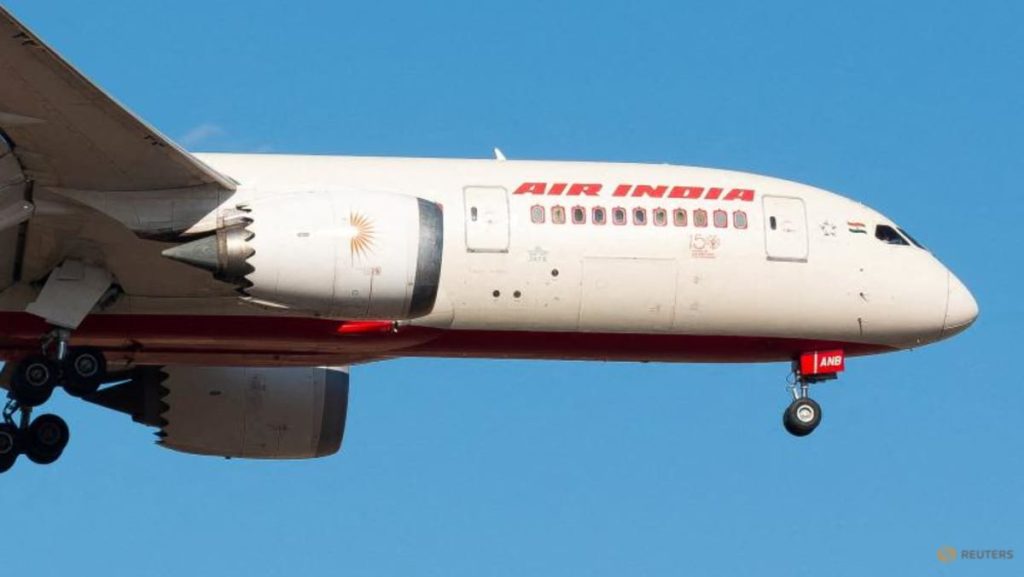The global air travel industry has grown significantly in recent years, with the advent of more advanced aircraft and the increasing reliance on air traffic management systems. This situation of an unseasonal conflict involving Air India’s Boeing 787-8 Dreamliner plane as it departed Hong Kong for New Delhi is part of a broader trend of broader-than-usual air travel risks.
The issue in question occurred on Monday, June 16. The pilot revealed to a source possessing direct knowledge of the matter that a technical problem was present during the flight. This step was taken as a precautionary measure, acknowledging that the length of the跑道 and other operational specifics could complicate the situation.
The target destination of this flight, New Delhi, is an industrial hub with a significant presence in the aviation industry, driving the corporate interest in this specific route. Air India closely works with Boeing on the development of robust aircraft like the Dreamliner, which is built to withstand the rigorous testing required for international flights.
Today, the Flight Number AI315 flight in question is under investigation. The source with knowledge of the event mentioned that the flight departed from Hong Kong at 12:16 PM and reached New Delhi, which is just over an hour later, as per the tracking data on Flightradar24. This provides a clear timeline for the investigation and operational adjustments.
The case of the previous crash in Ahmedabad, also known as the Asia Pacific crash of 1982, contributed significantly to the incident at the Hong Kong-New Delhi flight. There were 242 people on board, with 241 of them unfortunately deceased. The severity of the crash, measuring 22,000 casualties, highlights the serious nature of the situation. In recent years, the number of deaths in such events has significantly increased.
During the 3-to-6-hour journey, the Dreamliner navigated hairpin turnouts, a unique feature of the aircraft designed by Boeing. This feature allowed it to land more efficiently and safely, maintaining its structure and performance through challenging flight conditions. The flight was undergoing pre-flight checks, and several critical sections of the aircraft were being verified for any potential issues.
The responses from Air India and Boeing were initially resolute, with no immediate comment sought. As a result, the airlines issued statements confirming that further issues would be addressed and that the emergency response mechanisms in place would be in place. The investigation and relevant documentation are ongoing, with the focus-oriented approach emphasized by the airlines.
In conclusion, this case serves as a stark reminder of the increasing real-world challenges in managing air travel operations. While it has taken some toll, the lessons learned from these incidents continue to inform the aviation industry’s ability to navigate complex scenarios with precision and resilience. Preparation for such events remains a critical component of ensuring the safety and efficiency of international air travel.

